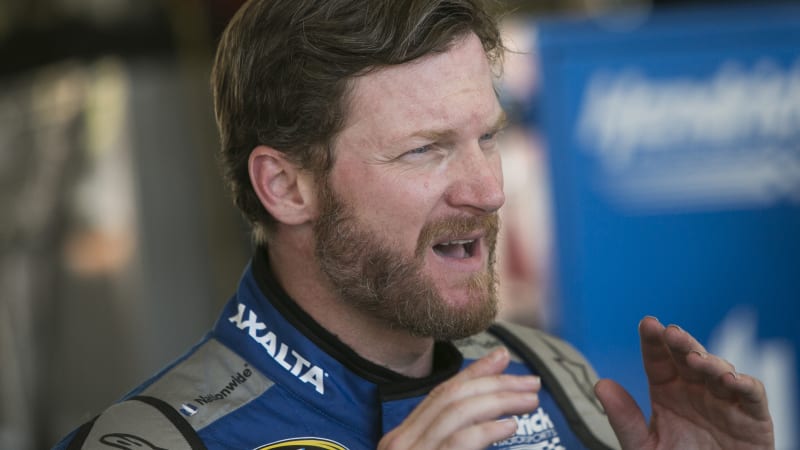Audi Repair Shop Doylestown
Call 267 279 9477 to schedule a appointment

, a man voted most popular driver for 14 years straight in
, recently opened up about his career-long struggle with concussions. Sadly, it’s far worse than anyone could have realized. Earnhardt Jr. estimates he suffered 20-25 concussions throughout his racing career.
Head injuries have been in the spotlight for some time now because of the NFL and U.S. soldiers returning from war, but racing drivers experience high g-forces and heavy impacts frequently without the same attention. Last year
was released that painted a scary picture for people who receive repeated blows to the head. The study examined the brains of deceased former NFL players for a brain disease called chronic traumatic encephalopathy, or CTE for short. It found that 99 percent of the ex-NFL players’ brains showed CTE — out of 111 brains examined, 110 were afflicted.
Symptoms for this degenerative brain disease include: memory loss, confusion, impaired judgment, aggression, depression, anxiety, impulse control issues and sometimes suicidal behavior. There’s still a lot we don’t know about this disease, but add race drivers to the list of people for whom we should all be concerned.
Earnhardt Jr., who recently retired, shared his behind-the-scenes struggle with his condition on the sports show
In Depth with Graham Bensinger
. This was what a concussion did to him following a big wreck from 2014:
“It felt like I was not able to do the simplest tasks around the house at home because I was drunk. Buckling a belt, tying a knot in a shoelace was a challenge, like you couldn’t put a sentence together because you couldn’t remember a word. If you had a word with two consonants together, or even three, like “match,” or something simple, you would struggle sometimes saying those words like your tongue would feel like it’s a big balloon in your mouth,” Earnhardt Jr. said.
He tried to hide these concussion symptoms from the public, his team and even his wife. Back when Earnhardt Jr. started racing,
didn’t have the same mandatory concussion protocol it forces drivers to go through now. Drivers were, and still are, afraid to lose seat time because of a concussion, so someone like Earnhardt Jr. didn’t tell people about his symptoms. Here he explains why he even kept his condition from people close to him.
“Trying to explain this problem to someone who’s never had a concussion or never experienced these problems is really frustrating. Trying to tell even my wife that my eyes aren’t working and this is what they’re doing, it just really builds a ton of frustration inside. You’re frustrated having the issues, right? You’re frustrated that they’re happening. You’re mad inside yourself about it, and now you’re trying to explain to someone who’s not a doctor and is not really someone who can do anything about it. Even though she’s my wife and I love her to death, it just does me no good to share it with someone — anyone — who can’t help me,” Earnhardt Jr. says.
Fans and even people in the paddock question if a driver can actually come back at the same level after a head injury, according to Earnhardt Jr. If a driver does poorly in a race post-injury, then there’s always that lingering doubt from people who might think they aren’t 100 percent there. It encourages drivers to cover up how they’re actually feeling in order to stay in the driver’s seat.
However, there’s a clear concussion protocol drivers must adhere to nowadays. Earnhardt Jr. is happy with the process, but he’d still advocate for some changes. “I am aware that a driver is their own worst enemy in that scenario. They’re going to do everything they can in that scenario to keep racing, keep their job, not let anyone in on this information and this secret. I would do everything I could to protect the drivers from themselves. That would be my main goal, and it would be annoying at times to the drivers, you know, but my intentions would be to take care of them,” Earnhardt Jr. says.
Symptoms of CTE are high on Earnhardt Jr.’s mind going forward, too. He experienced so much head trauma that there’s a possibility he could be affected by the disease later in life. Earnhardt Jr. has already decided to
to CTE research after his death, so we can better understand how racing affects the brain. You can watch
all the clips from Bersinger’s interview with Earnhardt Jr.
on
.
Related Video:
from Autoblog https://ift.tt/2MiM5kC
